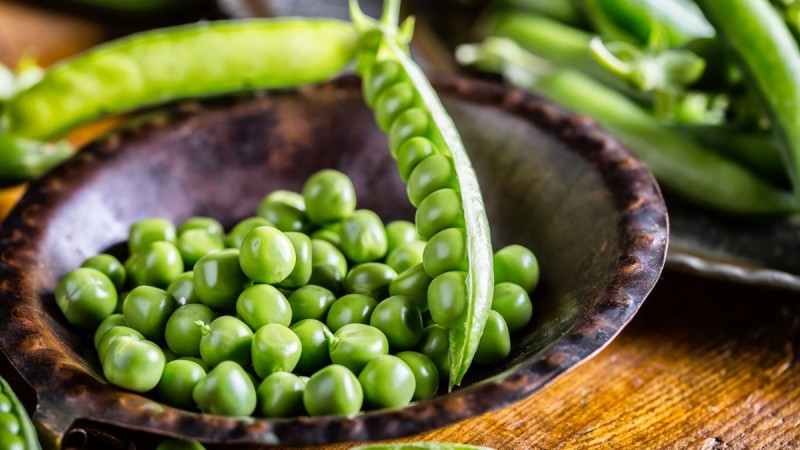
In the quest for convenience, frozen peas have become a staple in many households. The ease of incorporating these tiny green orbs into various dishes has made them a go-to choice for busy individuals. However, beneath the frosty exterior lies a story of potential drawbacks that might give you pause the next time you reach for that bag in the freezer.
While freezing is an effective method to preserve food, it comes at a cost. The process of freezing can lead to a reduction in the nutritional value of peas. Essential vitamins, such as vitamin C, may experience degradation, impacting the overall health benefits of these legumes.
Vitamin C, known for its immune-boosting properties, is particularly susceptible to degradation during freezing. The longer peas are stored in the freezer, the greater the potential loss of this vital nutrient.
The icy embrace of the freezer alters the texture of peas over time. What starts as crisp and vibrant can gradually transform into a mushy consistency, detracting from the pleasurable eating experience.
Improperly stored frozen peas may fall victim to freezer burn. This occurs when air reaches the peas, causing dehydration and resulting in unappetizing changes in texture and flavor.
Many commercially available frozen peas come with added sodium for preservation purposes. While sodium is essential in moderation, an excess intake can contribute to various health issues, including hypertension.
Consumers often underestimate the sodium content in frozen peas. Regularly relying on them may inadvertently contribute to exceeding daily sodium recommendations.
Beyond personal health considerations, it's crucial to acknowledge the environmental footprint associated with the production and packaging of frozen peas. The energy-intensive process of freezing and the packaging materials contribute to a larger carbon footprint compared to fresh, locally sourced alternatives.
Opting for fresh, locally grown peas not only supports local farmers but also reduces the carbon emissions associated with the freezing and transportation of frozen produce.
While frozen peas are undoubtedly convenient, they may limit your culinary creativity. Fresh peas provide a burst of sweetness and a unique texture that can elevate dishes in a way their frozen counterparts sometimes struggle to match.
Consider exploring recipes that highlight the vibrancy and freshness of peas, especially during their peak season. Your taste buds may thank you for the culinary adventure.
In conclusion, while frozen peas offer undeniable convenience, it's essential to weigh the pros and cons before making them a dietary mainstay. Balancing nutritional needs, environmental considerations, and culinary preferences can lead to a more well-rounded and satisfying dining experience.
KCR Promises Special IT Park for 'Muslim Youth' if Victorious in Telangana Elections
Election Commission Issues Notice to Rahul Gandhi Over "Jaibkatra" and "Panauti" Remarks
The Political Turmoil of 1975: Indira Gandhi, Sanjay-Rajiv, and the Allahabad High Court Verdict